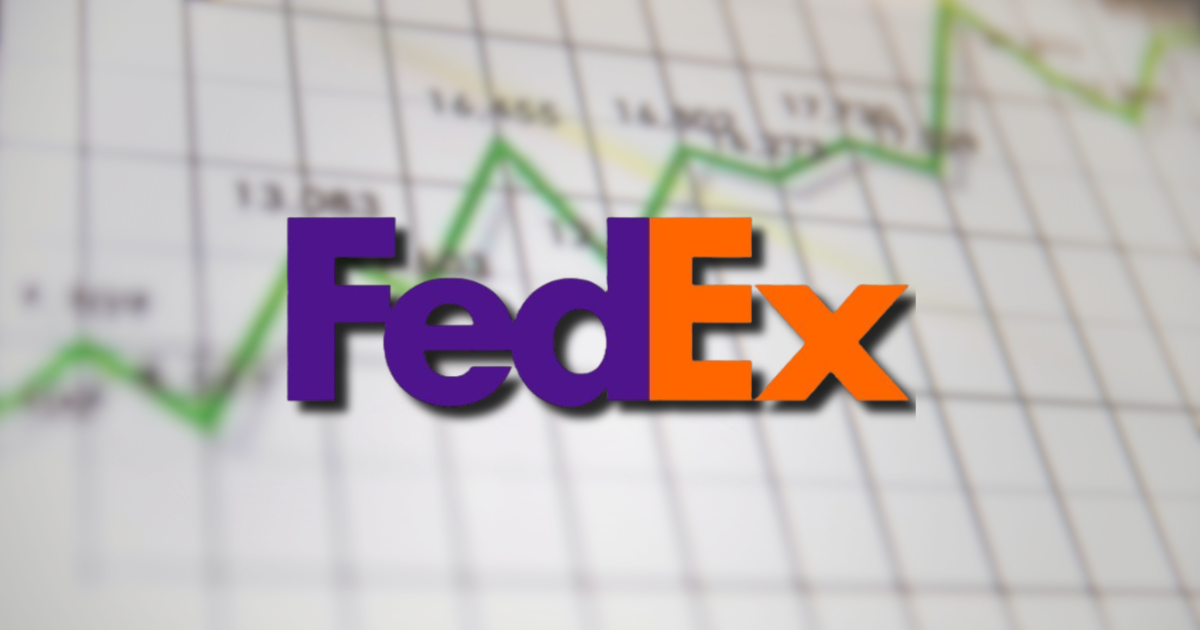An increasing number of devices are becoming connected. CEA estimates some 350 million connected devices will sell in 2012. At the same time, broadband is becoming more pervasive. in 2000 only about four percent of U.S. households had broadband connectivity. Today, the bulk of homes with Internet access have broadband.
With these two trends squarely footed, expect to see a host of related services launch that take advantage of the new found connectivity on these devices and the omnipresence of the Internet . One area many believe is ripe for competition (and the innovator’s dilemma) is the video game segment. According to CEA Research, about 52 percent of all U.S. households have at least one game console so there is very broad adoption across households. OnLive was one of the pioneers in the cloud-delivered gaming space and others like LG, AT&T, Verizon, and Time Warner Cable are preparing to make a push into the service area.
If online-delivered gaming offers a differentiated experience than it will likely attract some of the 52 percent of households with a game console and even some of the 48 percent of households without a game console. This is true, even if it doesn’t cannibalize the game console market at all (though anything that erodes time spent does in fact cannibalize indirectly).
The information I’d love to know – how well do the video game rentals that one often sees in hotel rooms do compared to movie rentals? Of course there are a variety of a factor at play here, but none the less it would be interesting to know how well these cloud gaming services do relative to the other offerings available.


